Description
Not a cactus. This perennial plant has stiff, erect spikes with clusters of flowers from 2-30 feet high. The leaves are long, thick, spiny, fleshy and crowded in rosettes at base of the stem, ending in a sharp point. The leafless stalks bear dense clusters of tube shaped yellow and red flowers which contain jelly-like pulp.
The gelatinous substance inside the stalks is an emollient, a cell proliferant, purgative & vulnerary. When a piece of the leaf stalk is broken off, the part not used will seal off and Keep for several weeks. When planting in a pot use a sandy loam soil, indoors, keep repotting it to allow growth. Water when transplanted, wait 3-4 weeks, then once a week. Do not fertilize or over water.
Origin(s): South Africa.
Latin Name(s): Aloe ferox
Also known as: Cape Aloe, Indian Aloe, Barbados aloe, Curacao aloe.
Plant Part(s) Used: Whole leaf.
Appearance: Olive green to brownish green.
Aroma: Bitter & unpleasant.
Taste: Bitter & unpleasant.
GMO Status: Non-GMO.
Allergen: None.
Additives: 0.5% to 2% silicon dioxide added to powder as an anti caking agent.
Applications / Preparations: Can be put into capsules or infused as an herbal extract. For cosmetic use dissolve in water or infuse in oil for use in salves, lotions & creams.
Storage: Store in a sealed container in a cool, dry place.
Shelf Life:
It is very difficult to pin down an exact expiration date for most single herbs as they do not really expire, they lose potency or strength over time but will still have value. Unlike synthetic material or drugs, herbs can contain many constituents that contribute to their medicinal effects. Even if when we know what the active constituents are, there are often many of them in a single herb, each with different rates of degradation. Some herbs lose their effect more easily. Other herbs that possess more stable compounds such as alkaloids or steroids will last much longer.
A huge part of the degradation rate of herbs depends also on the storage conditions of the herb, & even on the quality of the herb before storage – how it was grown, harvested, dried & processed. If the product is left in hot places or open to sunlight then it will degrade much quicker than if it was stored in cool, dry place & sealed tightly.
A good rule of thumb is that herbs should be stored no longer than 2-3 years but many herbs will have great strength much longer than that. To determine if a an herb is still good you can check the appearance & aroma. Herbs that are no longer acceptable will have lost much of its vibrant color & will instead appear dull & faded. The bigger key though is to smell the raw materials to see if the potent aroma is still present.
NOTE: Do not use if you have or develop diarrhea, loose stools, or abdominal pain because Aloe may worsen these conditions.

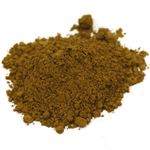
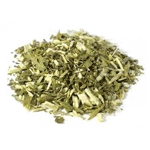
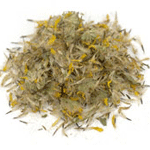
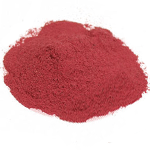

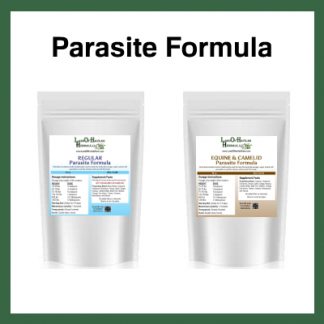
Reviews
There are no reviews yet.